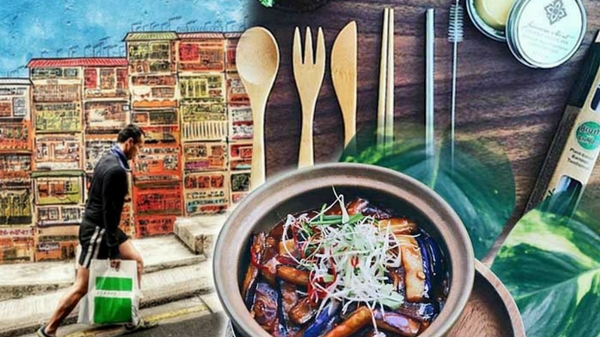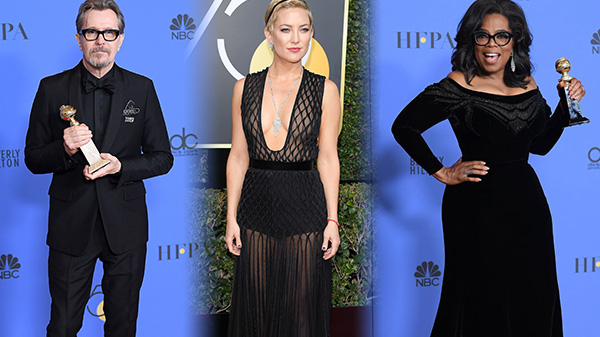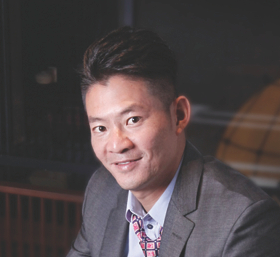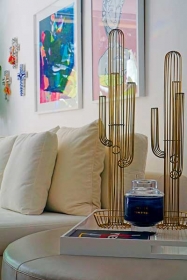Save money, increase your health benefits and limit destruction of the natural environment and wildlife – this is sustainable living in a nutshell. While this all-natural lifestyle can be perceived as unachievable, unrealistic and at times, simply undesirable – we have put together a helpful guide on how you can make a difference by making small changes in your daily life.

Food
As consumerism feeds our need for food, millions of people live in poverty. Local food bank, Feeding Hong Kong bridges the gap by connecting food companies and charities to redistribute excess food from where it is plentiful, to where there is need.
Preventing food waste can limit the amount of landfill waste, in turn, reducing the production of methane, a major contributor of global warming. Save and eat leftovers, store food in the right places, donate to food banks and treat expiration and sell-by dates as guidelines.

Shop smart with bulk-buying at Edgar HK, offering unpackaged high-quality products, grown organically and naturally, without damaging the Earth.
Wherever possible, buy local, seasonal produce. Avoiding food that has crossed the globe will reduce carbon footprint. At Kadoorie Farm and Botanic Garden – a conservation and education centre – you can learn how to transition to low-carbon living, taking a holistic approach to nature.

Clothing
Reassess your wardrobe and think twice before shopping. Recycle your old clothes by donating or swapping them for new pieces from charity stores such as the Hong Kong Salvation Army or local business Mee & Gee.
Opt for sustainable fashion with local brands such as The Closeteur, an online platform for fashionistas to buy, sell and support pre-loved fashion. A Boy Named Sue brings honesty and integrity back to fashion with brands that have a people-driven cause and collaborations with local independent designers who encourage the use of eco-friendly practices and sustainable materials.

Living
Turn off your electrical appliances when not in use and recycle used paper, plastic, metals and batteries to reduce waste to landfill at one of many collection outlets across the vicinity.
Buy second-hand, local or handmade products from independent local shops rather than chains to reduce transportation costs, generic waste and to support the local community. Panda Shop’s eco-friendly products support WWF-Hong Kong’s ongoing conservation and education works.
Take your own reusable bag when shopping and stay away from plastic bags. Re-use any packaging materials such as paper bags, plastic boxes, paper and ribbon. Plastic-free HK sells eco-friendly products that support the reduction of plastic waste.

Dining
Eat at restaurants that promote farm-to-table dining, the reduction of food waste and the cultivation of mindful practices. Locofama and Sohofama are examples of local businesses dedicated to working closely with Hong Kong’s farms to provide organic fruits and vegetables, grown without the use of pesticides.
Transport
Walk or take public transport as ways to reduce carbon emission. Use bicycles to stay in shape and also to reduce pollution.
The great news is that anyone can do it. By making better choices in our daily lives, we can reduce our harmful impact on the environment. After all, we only have one planet.
Text: Hira Desai
Photo Credits:
Facebook, Feeding Hong Kong
Facebook, Edgar Shop HK
Facebook, Plastic-Free HK
Facebook, Sohofama























































